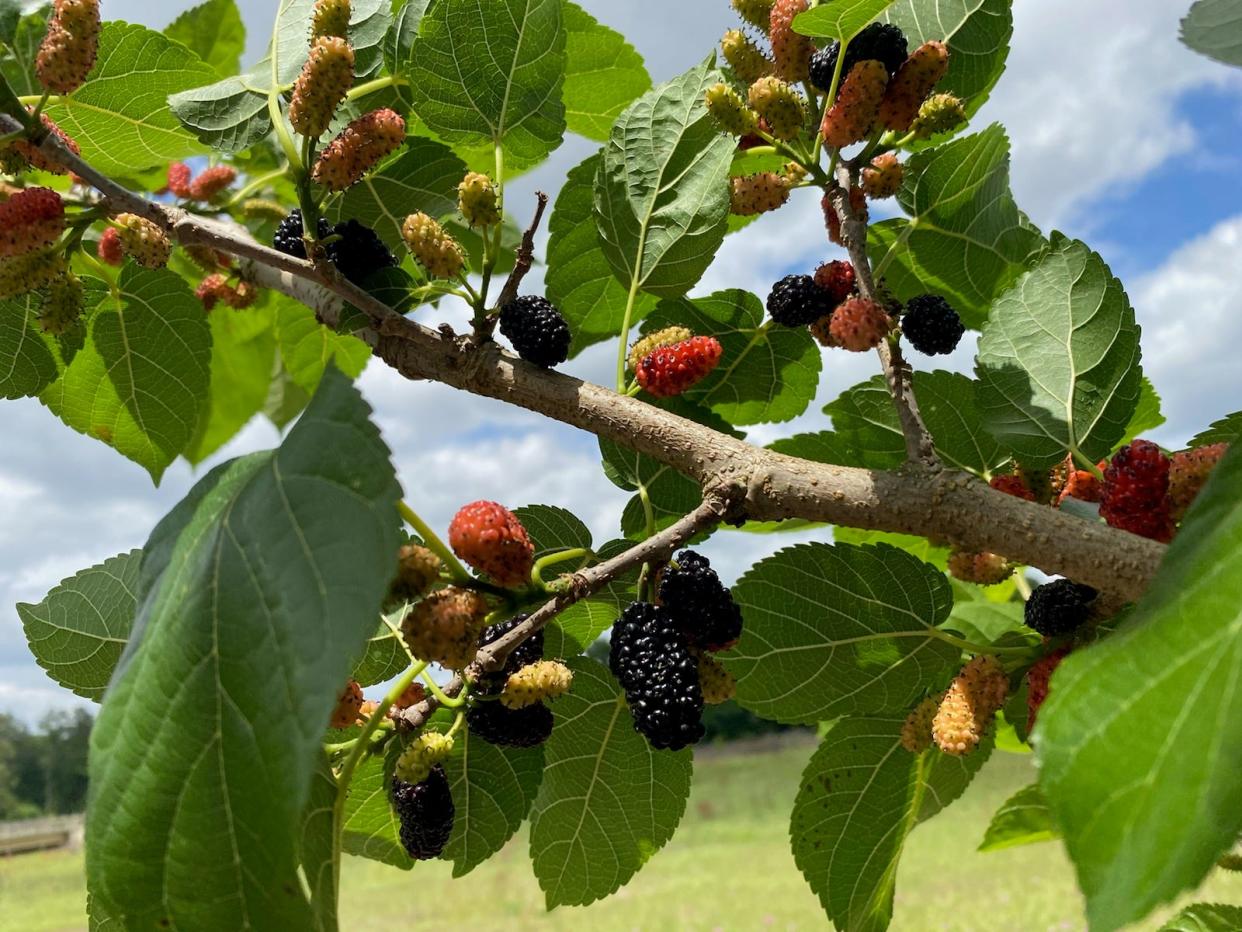Mark Bailey: Preserving the harvest

It is a shame when food from the garden spoils and ends up in the compost pile. Most food from a garden and fruit trees can be preserved for future consumption. Preserving food also is an effective way to save the time, effort and cost that was invested into growing the food.
Fruits and vegetables can be preserved in a wide variety of ways that can be used for short-term or long-term food preservation. Some garden produce can be preserved or have the shelf life extended with high or low temperatures, pickling, fermenting, canning or drying.
Before any preservation efforts are taken, nearly all fruits and vegetables benefit from thorough washing to remove dirt and other potential contaminants.
The most common short-term food preservation method is chilling produce. Chilling, or refrigeration, increases the shelf life of some foods by slowing down the rate of microbial activity that would otherwise spoil food. While the temperature is a key factor, the humidity of the storage environment also is very important. The shelf life of produce can be extended when it is stored at both the ideal temperature and humidity. Fruits and vegetables that have extended shelf life in cool (32°F to 45°F) and humid (95%) conditions include beans, beets, broccoli, cabbage, carrots, leafy greens, peas, peppers, radishes, summer squash, sweet corn and turnips. Garden foods that do not require refrigeration but benefit from cooler (45°F to 60°F) temperatures include basil, cucumbers, eggplant, potatoes, pumpkins, winter squash, sweet potatoes, tomatoes and watermelon. The same is true for most fruits.
Very hot or very cold temperatures are perhaps the oldest food-preservation methods. Heat kills microbes while freezing foods stops microbial activity while frozen. Food preservation with heat often involves some form of canning. Canning, including fermenting and pickling, is potentially dangerous to a consumer if the food is not properly heated and sealed. Dedicated training and adherence to proper canning techniques are extremely important. Lower-risk canned foods are fruit jams, jellies and preserves that use a combination of heat and high sugar concentrations to preserve fruit. If done correctly, canned foods can last for months — or much longer. On the other hand, freezing certain fruits and vegetables is a great way to preserve foods. While technically everything can be frozen, some fruits and vegetables retain their food quality better than others: most berries, corn cut from the cob, green beans and peas, and chopped herbs in olive oil. Freshly squeezed fruit juices, such as orange or lemon juice, store well in a freezer.
Drying is a highly effective way to preserve some kinds of garden produce for long-term use. Many kinds of fruit can be preserved with low-heat drying such as apples, bananas, figs, blueberries, mulberries, strawberries, pineapple, persimmons and even tomatoes. Pretreatment with lemon juice, which contains vitamin C, can reduce the browning of the fruit while drying. Herbs can be readily dried, and do not necessarily need to be dried with heat. Most herbs can be dried by simply hanging them in a warm, low-humidity location, such as a kitchen. Freeze dryers, which use a different method from conventional heat drying, can very effectively dry and preserve a wide range of foods.
Some garden produce naturally has a long shelf life and requires little or no effort to store. Apples, ginger, pumpkins, onions, potatoes, sweet potatoes, pears and citrus tend to have a shelf life of weeks or even months. Simply inspect these foods to ensure they are not rotting, and compost anything that is.
With a little bit of effort, most fruits and vegetables can be enjoyed weeks, months or even years after they were harvested from the garden.
For more information, call the Marion County Extension office at 671-8400 or email ironhill@ufl.edu.
— Mark Bailey is the Sustainable Agriculture and Food Systems Extension Agent for UF/IFAS Extension Marion County. For more information, contact the Marion County office at 671-8400. The Extension Service is located at 2232 NE Jacksonville Road, Ocala, FL 34470.
This article originally appeared on The Gainesville Sun: Mark Bailey: Preserving the harvest

